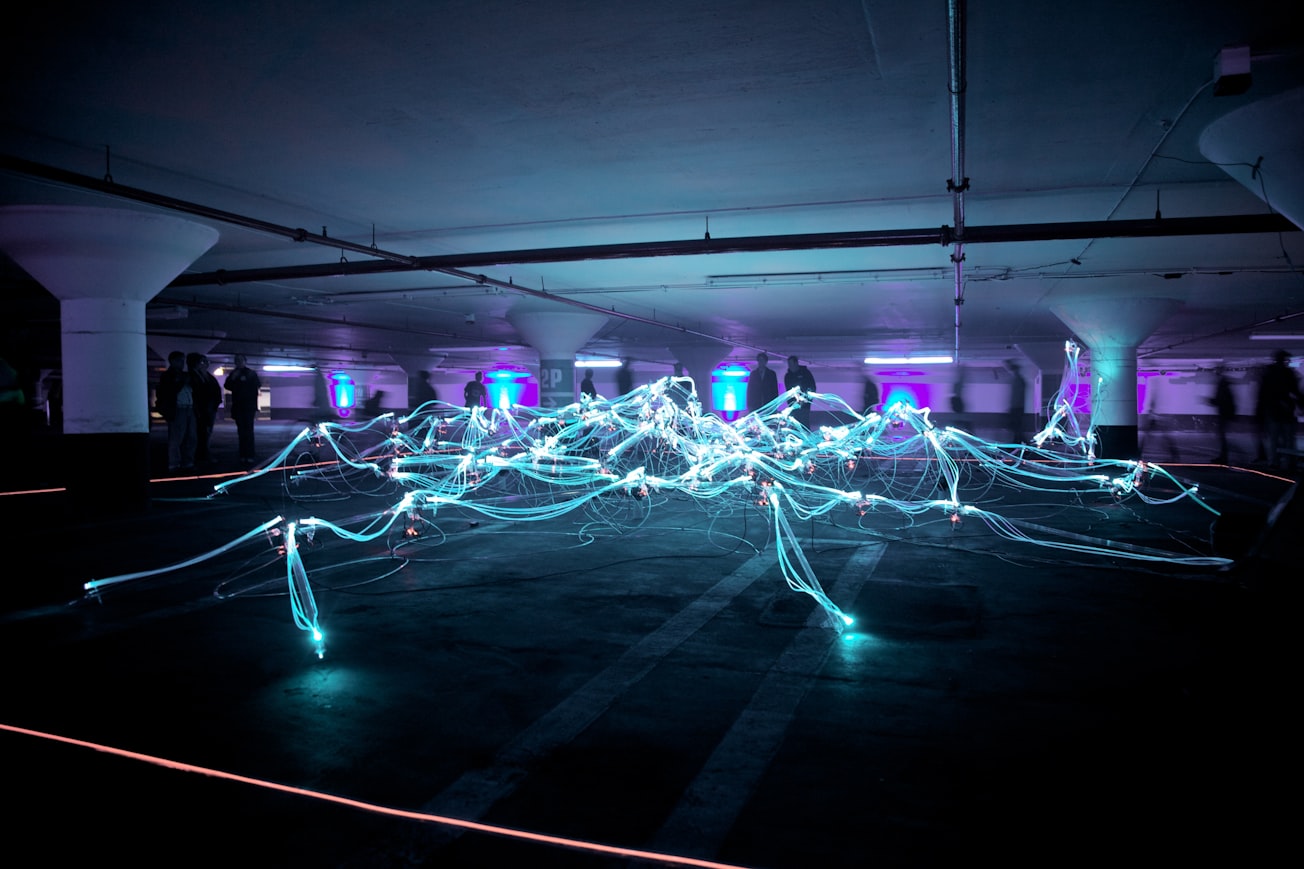What is it about?
This paper discusses the evolution and challenges of piezoelectric energy harvesting, a method of generating power from environmental vibrations. Despite its initial promise, piezoelectric energy harvesting has lagged in commercialization due to issues like sensitivity to excitation frequency and the intermittent nature of input energy. The author proposes a paradigm shift, viewing harvested energy as a form of data (Energy-as-Data) that reflects changes in the device’s working environment. A prototype demonstrating this concept resulted in significant battery life extension. The paper concludes with a discussion on the feasibility of applying the Energy-as-Data concept to Internet of Things (IoT) devices that deliver critical information.
Featured Image

Photo by Marius Masalar on Unsplash
Why is it important?
The concept proposed in this paper offers an alternative way of viewing energy harvesting. It differs from other works in the field by challenging the standard definition of energy harvesting. Instead, it views energy as a data source that is distinct from conventional data collected using ordinary passive sensors. Instead of focusing on maximizing the electrical energy obtained from harvesters, the Energy-as-Data concept allows system designers to focus on the data acquisition protocol, potentially achieving significant energy savings and battery life extension. The concept emphasizes the need for an integrated, multidisciplinary approach in developing energy harvesters, considering not only the materials or structures of the devices themselves but also aspects of electronics and wireless communication.
Perspectives
Among energy harvesters, nanogenerators have created a hot topic. However, I personally view nanogenerators very carefully and humbly criticize their inferior energy density which makes it difficult to qualify them as real energy harvesters. The Energy-as-Data concept may provide an opportunity for their use by relaxing the requirement for energy density. Under this concept, nanogenerators are not expected to be a power source anymore. Instead, taking advantage of nanogenerators’ great material flexibility, the accumulated energy in wearable devices can be collected at an extremely low duty cycle and interpreted as a history of the wearer’s movement within a certain data acquisition period. Nevertheless, nanogenerators might still find their position challenging, especially when piezoelectric polymer-based harvesters (non-nanogenerators) may also offer the benefit of flexibility.
Yang Bai
Oulun Yliopisto
Read the Original
This page is a summary of: Exploring challenges and potential for a commercially viable piezoelectric energy harvesting system—Can Energy-as-Data concept thrive?, Applied Physics Letters, March 2024, American Institute of Physics,
DOI: 10.1063/5.0193134.
You can read the full text:
Contributors
The following have contributed to this page










